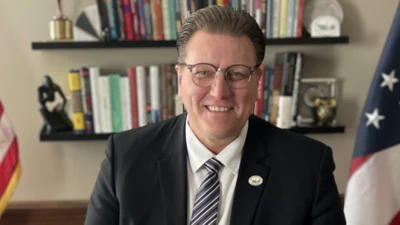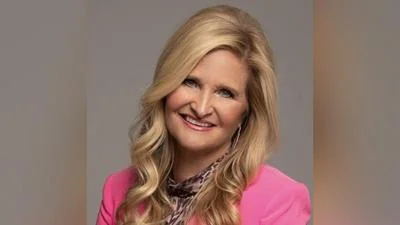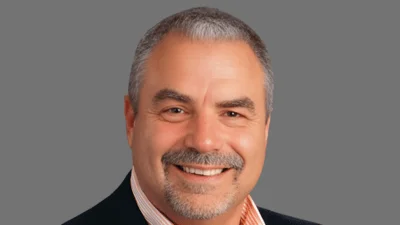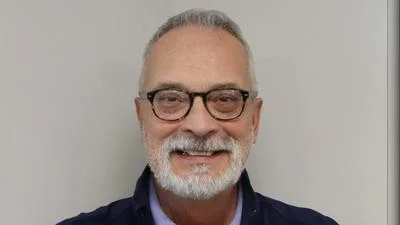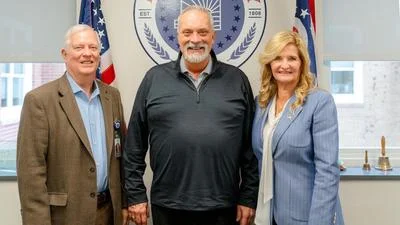A video has surfaced showing crews engaged in soil excavation activities at a solar development site in Southwest Ohio, contradicting claims made by developers regarding their environmental practices.
The footage has sparked controversy over the alteration of land despite contrary assurances from developers.
In the video, workers can be seen moving topsoil at the industrial solar site, which has been a concern for many opposed to industrial solar developments.
This contradicts assertions from solar developers, such as Open Roads Renewables which is under consideration by the Ohio Power Siting Board. Such developers have repeatedly stated that they do not engage in such activities that could affect neighboring properties.
Solar developers have been adamant that farmland remains perfectly farmable once the solar panels are removed.
However, community members and environmental advocates have raised alarm over the apparent removal of topsoil and alteration of field drainage, which they argue could detrimentally impact the farmland's productivity in the future.
The activities depicted in the video back up accounts by Brown County Soil and Water Conservation Board member Audrey Bolender who in a video presented at the Knox Smart Development town hall held last fall.
"One of the biggest things was the promise that after 30 years of this lease, they're going to decommission the farm and put it back just the way they found it. That's absolutely 100% not true," Bolender said.
She emphasized the irreversible damage caused during the construction process.
“Those fields will never be farmed again. Like I said, it takes 100 years to bring back an inch of topsoil,” she said.
Despite such accounts, Open Roads Renewables Craig Adair has said the removal of topsoil is “misinformation.”
Mount Vernon City Councilwoman Amber Keener recently expressed her hopes for the Ohio Power Siting Board (OPSB) to recognize the community division caused by the proposed Frasier Solar Project during the highly anticipated April 4 meeting, where many, including Keener, were unable to speak due to overwhelming turnout.
Keener emphasized the importance of local input and highlighted resolutions from 17 out of 22 townships and Mount Vernon City opposing the project.
“It's motivating for me to recognize that if we want the next generation to stay here and make Mount Vernon their home, they have to have somewhere to live and we have to build it,” she said. An additional OPSB hearing will be held to accommodate those such as Keener who were left out of the first.



